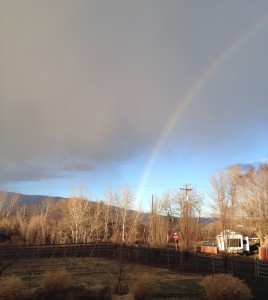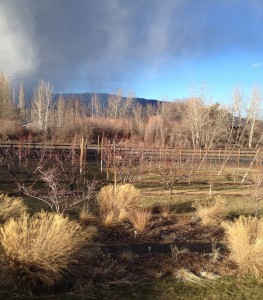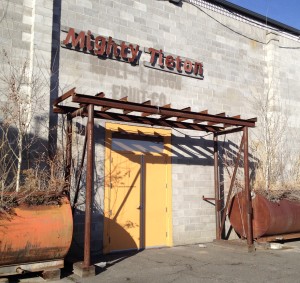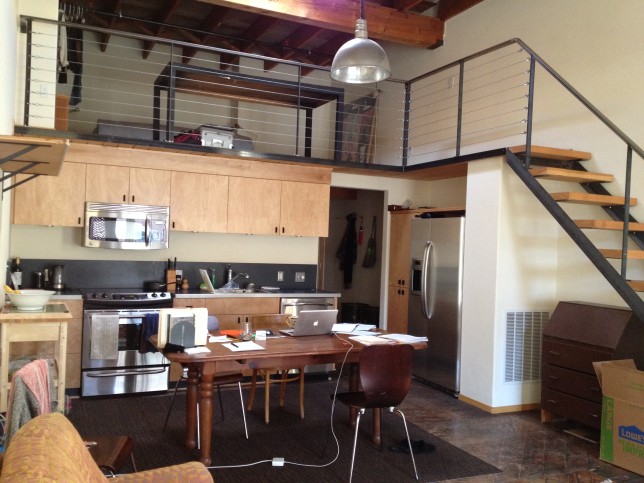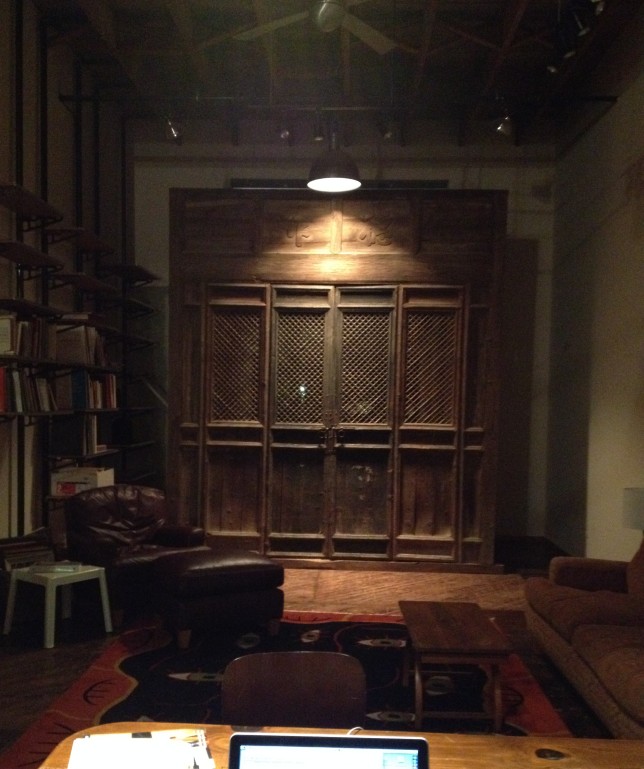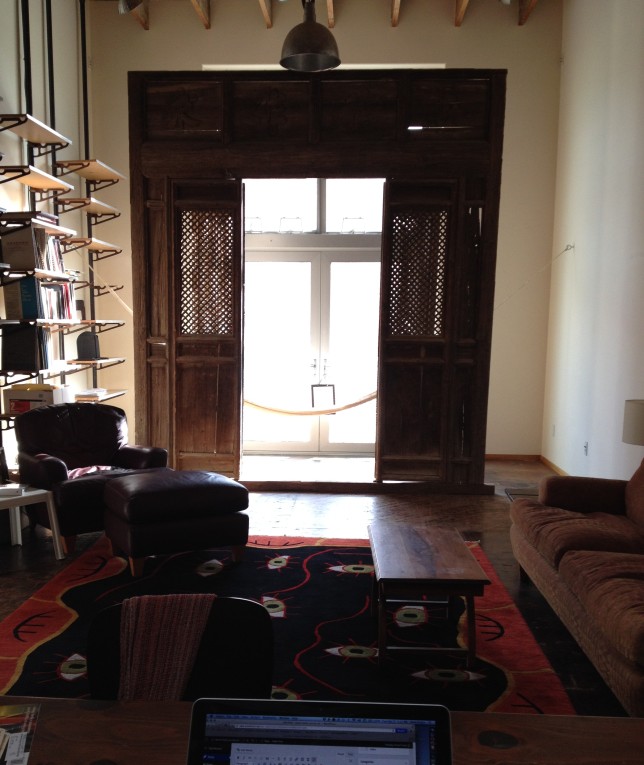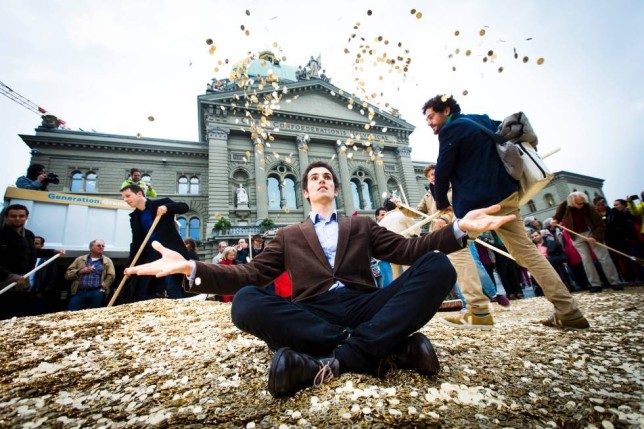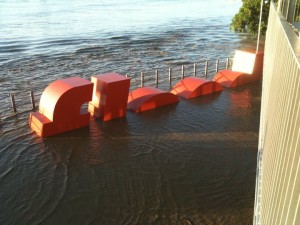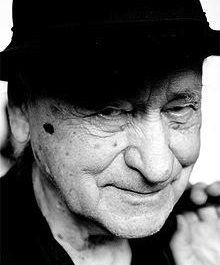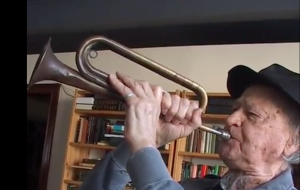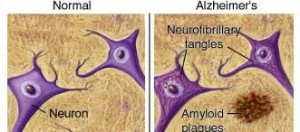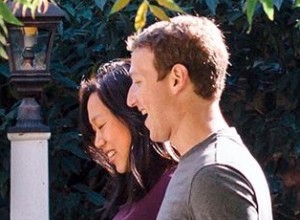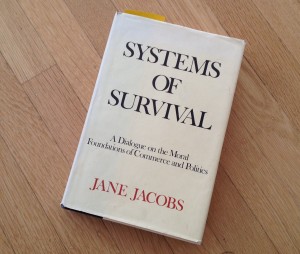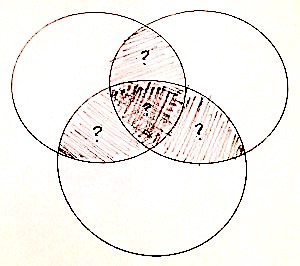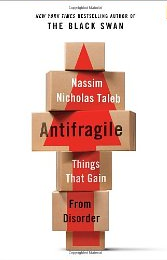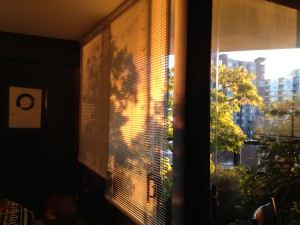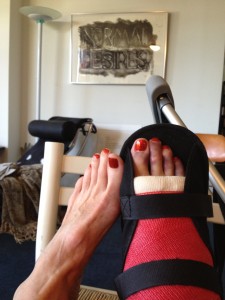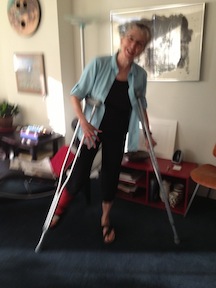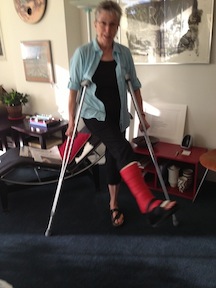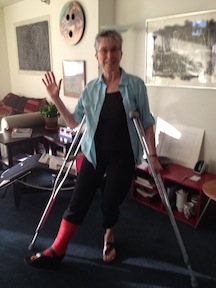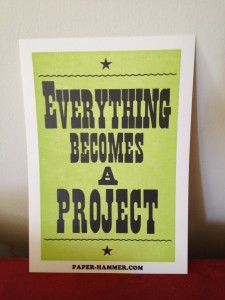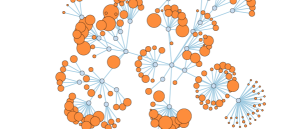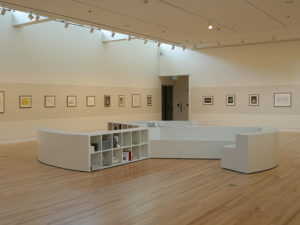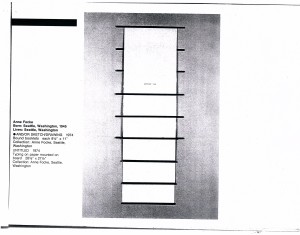
A friend wrote recently wondering if I’d written any articles or notes on my ideas about the “commons.” His question made me realize that, despite how central the concept has become to my thinking, I haven’t written much about it in a way that’s easy to share. To offer a timely reply, I put something together for him made up of excerpts from longer pieces that touched on the commons, along with a “short and sweet” description by an admired commons thinker, David Bollier.1
Despite the fact that, reflecting back on it now, I may actually have misunderstood my friend’s question, what follows here is the piece I put together quickly that day.
««««•»»»»
Green Cuttings: Ideas to cultivate as waters rise2
This is the first part of an essay I wrote in April 2015 in anticipation of participating in a month-long residency with artists, scientists, an attorney or two, and others around the critical theme of climate change. I had the opportunity to be one of the organizers, with artists Buster Simpson and Laura Sindell, of the first Rising Waters Confab at the Rauschenberg Residency in May that year.3 (A second Rising Waters Confab is planned for May 2016.) Each of the three of us wrote an introduction to some of the questions we expected to pursue during the month. This began my contribution. – Anne
“The good appears not by proclamation but by conversation.” Lewis Hyde’s words from Common as Air: Revolution, Art, and Ownership capture something of my hope for the Rising Waters Confab.4 His book tells the story of the commons with a focus on the cultural commons. What I’m learning about the commons, both from him and others, gives me a framework that both guides how I imagine a healthy environmental future and, for me, provides a missing piece of the puzzle for how we’ll get there.
The commons is both an ancient and contemporary way of managing shared resources, such as water and air, creative and intellectual ideas, and scientific discoveries. I suspect that we won’t get far toward creating a more sustainable future unless we develop a stronger commitment to the commons and find ways to operate beyond just market and government spheres.

In reaching for that future, the commons “cannot be achieved by individual decision making alone; rather, it is created and sustained by common action,” says Bruce Sievers, another commons thinker I admire. Our Rising Waters Confab – and the meals, offsite adventures, play, and work we do together – may be a way to create our own commons and find “the good.” In addition to whatever else we do collectively, the conversation can itself be a valuable kind of common action.
The Commons
Lately I’ve been reading Think Like a Commoner: A Short Introduction to the Life of the Commons by David Bollier.5 With Hyde’s Common as Air; Sievers’s Philanthropy, Civil Society, and the Fate of the Commons;6 and my work with Peter Pennekamp on the Community Democracy Workshop,7 Bollier’s writing has inspired me to find ways to bring the commons into my thinking, writing, conversations, and daily life. More recently I’ve discovered a relatively new book by Bollier and Burns Weston, Green Governance: Ecological Survival, Human Rights and the Law of the Commons.8 While I haven’t read the book yet, I like their series of essays based on it, published by CSRwire, the Corporate Social Responsibility Newswire.9
Here’s an excerpt from one of the essays.
We believe that one of the most compelling, long-term strategies for dealing with the structural causes of our many ecological crises is to create and recognize legally, alternative systems of provisioning and governance. Fortunately, such an alternative general paradigm already exists.
It’s called the commons.
The commons in its broadest sense is a system of stewardship of shared resources. A commons is not run by government or businesses; the goal is not to maximize production or profit. A commons is a defined community of commoners who act as a conscientious trustee of given resources. They ensure that the land or water or fish is shared equitably among those who need it for their everyday needs.
I’m encouraged by my growing mental image of how a commons (and “green governance”) functions, where commons have existed in history, where they’re found now, and how they might interact with the economic and political systems of government and the market (in what Michael Bauwens refers to as a “triarchy”). But how in the world do we get from here to there?

««««•»»»»
The commons as an option
This is an excerpt from a different essay.10 It was prompted by my involvement with Common Field, a newly-formed network that connects and serves experimental artist-centered organizations and organizers across the country.11 The founding members have engaged in an active discussion of how to think about the organizational form the network itself could take. Much of my essay discusses Common Field fairly specifically. The excerpt here comes toward the beginning. – Anne
Besides the structure of a formal nonprofit institution, other structures are available. Lately, I’ve been learning about the commons as another way to manage and govern resources, and, here, “resources” should be understood broadly, as natural resources like water and air or intangible resources like ideas, knowledge, and imagination. Whether the commons works as a pattern or form for Common Field is unclear right now, but the opportunity to try it out is intriguing. And, of course there’s the shared name.
So I offer a short description of the commons, a few of its principles, and some brief examples. I certainly can’t cover the ideas in much detail here; it’s a huge field of study with thousands of functioning examples. Maybe there’ll be just enough here to see whether the idea fits and is worth taking further.
In a search for a succinct description of a commons, I turn to David Bollier – an author and activist who has spent many years exploring the commons as a model for economics, politics, and culture. He has this to say:
In essence, the commons is about reclaiming and sharing resources that belong to everyone, and it is about building new social and institutional systems for managing those resources in equitable, sustainable ways.
Although the commons is also an ancient form, Bollier stresses that it’s “a living reality.” Around the world, “people are managing forests, fisheries, irrigation water, urban spaces, creative works, knowledge, and much else as commons.”

A one-sentence definition of the commons from Bollier is one that I keep going back to: “The commons is a resource plus a defined community and the protocols, values, and norms devised by the community to manage its resources.” It’s a definition that makes more sense the more I learn.
The commons has many manifestations and definitions. There is no standard model for what a commons looks like. Each one runs in its own particular way, and across the world the commons takes thousands of forms. Though it’s not a cookie-cutter approach, there are a few principles that allow a commons to be effective and reliable.
A key set of principles for the commons was described by Elinor Ostrom, a political scientist who received the Nobel Prize in Economics in 2009 for her work on the commons. Her life’s work showed that commons are viable, sustainable social systems for managing collective resources. A few of her principles are:
- A commons must have clearly defined boundaries, for both the resource and the membership.
- Collectively, the people of a commons must be able to develop their own rules and protocols for managing the resource.
- They must also be able to devise systems to monitor how the resource is used and to identify and punish people who violate the rules.
Some of the places in today’s world where Bollier identifies active commons include: Traditional communities in Africa have developed their own “bio-cultural protocols” to help legally defend their lands and ways of life from neoliberal trade policies. Lobster fishers in Maine work together to ensure that no one over-harvests lobsters in a given bay. Community-Supported Agriculture farms and permaculture communities blend their agricultural practices and social ethics with the imperatives of the land. There are land trusts and community forests, and urban gardens and the Slow Food movement. The much newer digital world has spawned many commons. Examples range from Linux and thousands of free, open-source software programs to the burgeoning world of more than 10,000 open-access scholarly journals, whose articles are freely available in perpetuity and not restricted by paywalls or strict copyright control.
One of my favorite examples is Wikipedia, where information is the resource that’s managed and, as it states on the policy page of its website: “Wikipedia policies and guidelines are developed by the community to describe best practices, clarify principles, resolve conflicts, and otherwise further our goal of creating a free, reliable encyclopedia.” I especially appreciate the spirit of its guidelines in this sentence: “Policies and guidelines should always be applied using reason and common sense.”
««««•»»»»
Finally, because I so often refer to his writings, here’s a short description of the commons by David Bollier, from his website. – Anne
The Commons, Short and Sweet12
David Bollier
Fri, 07/15/2011 – 01:26
I am always trying to figure out how to explain the idea of the commons to newcomers who find it hard to grasp. In preparation for a talk that I gave at the Caux Forum for Human Security, near Montreux, Switzerland, I came up with a fairly short overview, which I have copied below. I think it gets to the nub of things.
The commons is….
- A social system for the long-term stewardship of resources that preserves shared values and community identity.
- A self-organized system by which communities manage resources (both depletable and replenishable) with minimal or no reliance on the Market or State.
- The wealth that we inherit or create together and must pass on, undiminished or enhanced, to our children. Our collective wealth includes the gifts of nature, civic infrastructure, cultural works and traditions, and knowledge.
- A sector of the economy (and life!) that generates value in ways that are often taken for granted – and often jeopardized by the Market-State.
There is no master inventory of commons because a commons arises whenever a given community decides it wishes to manage a resource in a collective manner, with special regard for equitable access, use and sustainability.
The commons is not a resource. It is a resource plus a defined community and the protocols, values and norms devised by the community to manage its resources. Many resources urgently need to be managed as commons, such as the atmosphere, oceans, genetic knowledge and biodiversity.
There is no commons without commoning – the social practices and norms for managing a resource for collective benefit. Forms of commoning naturally vary from one commons to another because humanity itself is so varied. And so there is no “standard template” for commons; merely “fractal affinities” or shared patterns and principles among commons. The commons must be understood, then, as a verb as much as a noun. A commons must be animated by bottom-up participation, personal responsibility, transparency and self-policing accountability.
One of the great unacknowledged problems of our time is the enclosure of the commons, the expropriation and commercialization of shared resources, usually for private market gain. Enclosure can be seen in the patenting of genes and lifeforms, the use of copyrights to lock up creativity and culture, the privatization of water and land, and attempts to transform the open Internet into a closed, proprietary marketplace, among many other enclosures
Enclosure is about dispossession. It privatizes and commodifies resources that belong to a community or to everyone, and dismantles a commons-based culture (egalitarian co-production and co-governance) with a market order (money-based producer/consumer relationships and hierarchies). Markets tend to have thin commitments to localities, cultures and ways of life; for any commons, however, these are indispensable.
The classic commons are small-scale and focused on natural resources; an estimated two billion people depend upon commons of forests, fisheries, water, wildlife and other natural resources for their everyday subsistence. But the contemporary struggle of commoners is to find new structures of law, institutional form and social practice that can enable diverse sorts of commons to work at larger scales and to protect their resources fro m market enclosure.
New commons forms and practices are needed at all levels – local, regional, national and global – and there is a need for new types of federation among commoners and linkages between different tiers of commons. Trans-national commons are especially needed to help align governance with ecological realities and serve as a force for reconciliation across political boundaries. Thus to actualize the commons and deter market enclosures, we need innovations in law, public policy, commons-based governance, social practice and culture. All of these will manifest a very different worldview than now prevails in established governance systems, particularly those of the State and Market.

««««««•»»»»»»
Notes
- David Bollier’s blog, “News and perspectives on the commons” can be found here.
- Anne Focke, “Green Cuttings: Ideas to Cultivate as Waters Rise,” Rising Waters Confab I blog, April 14, 2015.
- Rising Waters Confab I, the report.
- Lewis Hyde, Common as Air: Revolution, Art, and Ownership, Farrar, Straus & Giroux, 2010
- David Bollier, Think Like a Commoner: A Short Introduction to the Life of the Commons, New Society Publishers, 2014
- Bruce Sievers, Philanthropy, Civil Society, and the Fate of the Commons, University Press of New England, 2010
- Community Democracy Workshop, works to improve the practices of democracy for problem-solving in and by the communities where people live. Its brand-new website is here.
- David Bollier and Burns Weston, Green Governance: Ecological Survival, Human Rights and the Law of the Commons, Cambridge University Press, 2014.
- A link to all of the essays by Bollier-Weston on CSRwire can be found here.
- “Common Field – Finding a Form,” commissioned and published by Temporary Art Review, November 23, 201.
- Common Field website is here.
- David Bollier, “The Commons Short and Sweet,” News and Perspectives on the Commons, July 15, 2011.
Graphics note: The images included here are three in a series of 25 prints that I produced in the studio at the Rauschenberg Residency during the first Rising Waters Confab. Robert Rauschenberg worked in this studio for the last 40 years of his life. The originals are 13×40 inches.

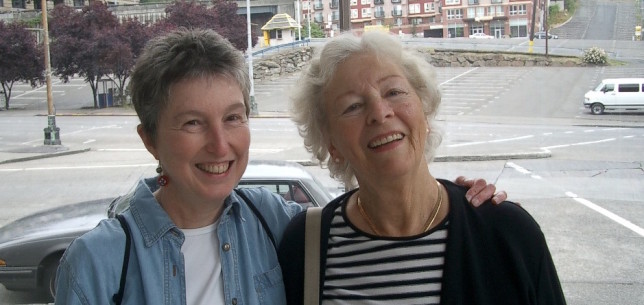 About a decade ago, not long after she turned 80 and I turned 60, Helen Gurvich and I made a lunch date, something we enjoyed doing whenever we could get our calendars lined up (hers was often as busy as mine). When she walked into the room that day she looked especially beautiful, just glowing with energy. My immediate reaction was, “Gee, you look great!”
About a decade ago, not long after she turned 80 and I turned 60, Helen Gurvich and I made a lunch date, something we enjoyed doing whenever we could get our calendars lined up (hers was often as busy as mine). When she walked into the room that day she looked especially beautiful, just glowing with energy. My immediate reaction was, “Gee, you look great!”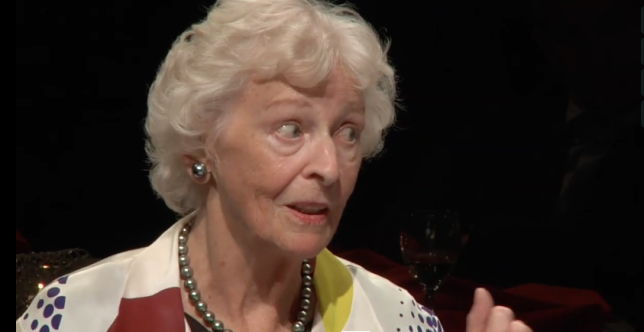
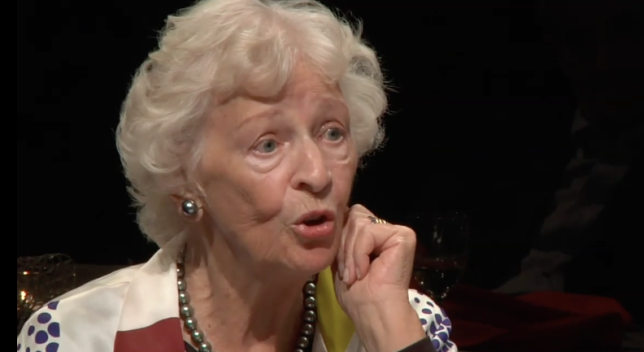
![]()





